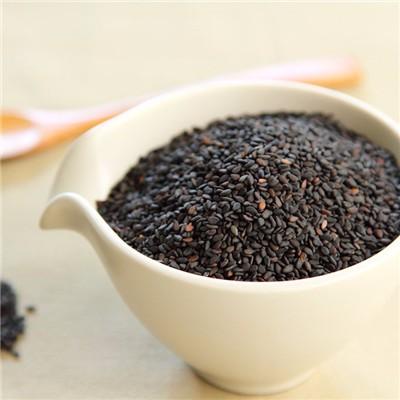Otitis media cholesteatoma symptoms?
summary
Cholesteatoma otitis media was changed to cholesteatoma in the guideline of clinical classification and surgical classification of otitis media issued by Chinese Medical Association in 2012. Previously, cholesteatoma otitis media was considered to be the most serious type of chronic suppurative otitis media, but in fact, it is the growth of squamous epithelial tissue in the middle ear and mastoid. Its formation mechanism, pathology and prognosis are different from those of chronic suppurative otitis media. The so-called cholesteatoma is the accumulation of exfoliated epithelium. The more it gathers, the bigger it becomes. It expands all around continuously, causing the destruction of adjacent bone and possibly causing complications of surrounding organs. Therefore, the treatment of this disease is a diagnosis should be recommended surgery, and the main purpose of surgery is not to raise high hearing and no pus, but to prevent complications. Otitis media cholesteatoma symptoms? Let's talk about it
Otitis media cholesteatoma symptoms?
Ear discharge: middle ear cholesteatoma without infection may have no ear discharge. With suppurative otitis media can have ear pus, and continuous, the amount of pus varies, pus often has a special stench, with granulation, pus can bring blood.

Hearing loss may be the only chief complaint of cholesteatoma without infection. In the early stage, most of them were conductive deafness with varying degrees. The upper tympanic cavity cholesteatoma, hearing can be basically normal. Even if the part of the ossicle is damaged, because cholesteatoma can be used as a sound bridge between the ossicles, the hearing loss may not be very serious. When the lesion involved the cochlea, the deafness was mixed. Severe cases may be total deafness.

The relaxation part of tympanic membrane was invaginated and perforated, and the tension part was invaginated and thickened; Or perforation of the upper edge of the posterior tympanic membrane, gray white cholesteatoma scab or red granulation tissue polyp tissue can be seen in the tympanum, often accompanied by purulent secretions.

matters needing attention
The principle of treatment is to eradicate the lesion, prevent complications and reconstruct the sound transmission structure of middle ear. Surgical treatment: the primary purpose is to completely remove the lesions, as far as possible to obtain a dry ear. ① The superior tympanum was open; ② Closed operation; ③ Open surgery; ④ Radical mastoidectomy. The choice of operation should be based on the range of lesions, Eustachian tube function, type and degree of hearing loss, complications and mastoid development.













